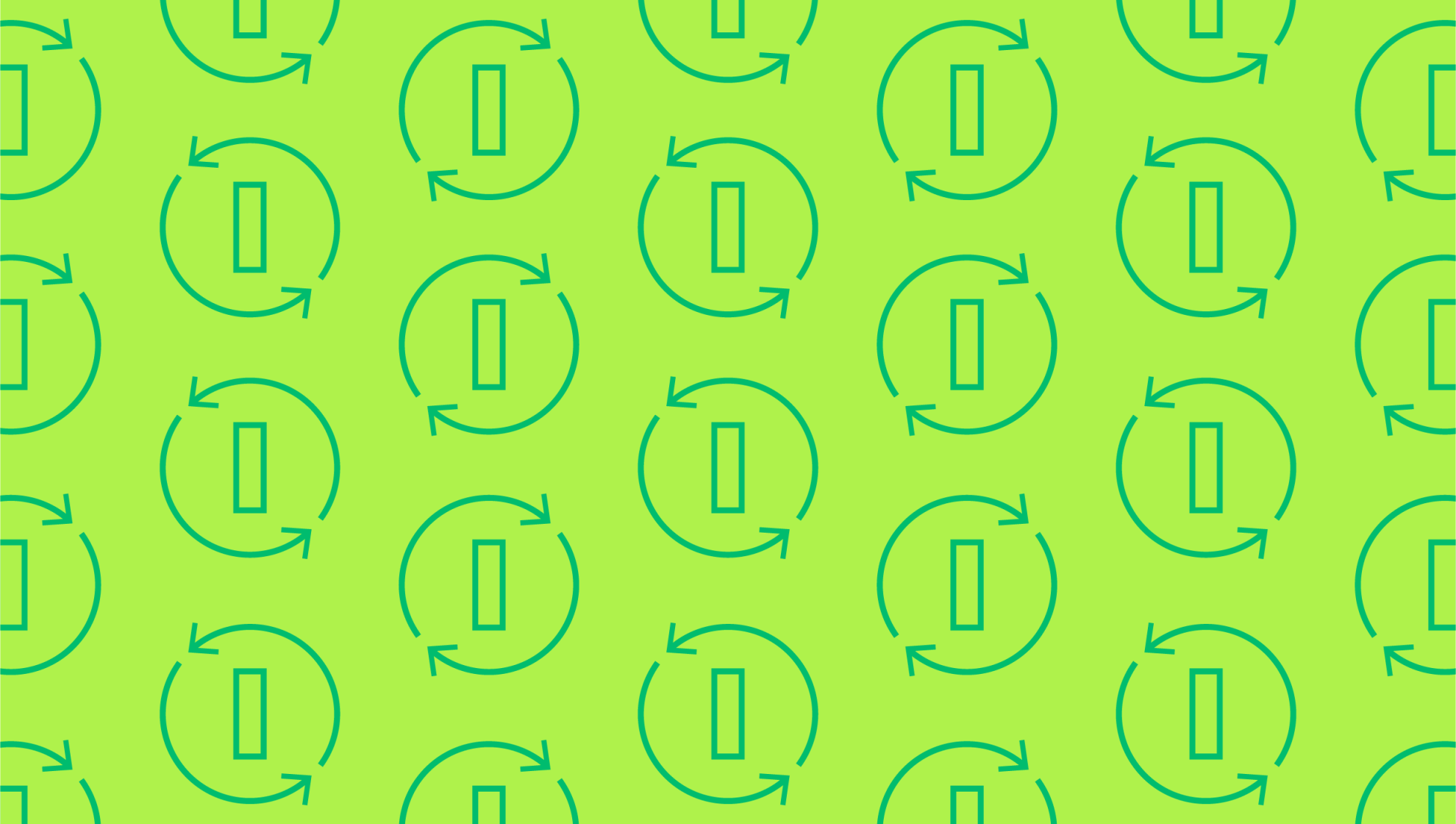Last editedMay 20223 min read
When does revenue get recognised? After all, there are many different points at which your business could recognise revenue, whether that’s at the point of delivery or when the order is made. This is a deceptively important issue, as IFRS 15 and ASC 606 have established a new set of standards for revenue recognition compliance. Find out everything you need to know about this thorny accounting issue, particularly as it relates to businesses in the SaaS space.
Revenue recognition definition
So, what’s the definition of revenue recognition? Revenue recognition is the basic idea that “cash” doesn’t become “revenue” until you’ve delivered the service or product that it was paid for. Until then, the customer can ask for the money back at any point, making it a liability, and if you’re spending money that you may need to give back, it could spell disaster for your business. It’s a generally accepted accounting principle (GAAP) and plays a significant role in accounting for SaaS companies.
Revenue recognition for SaaS accounting
When it comes to SaaS accounting, the revenue recognition principle can be a complex issue, mainly because of the fact that the product is service-oriented. While your customers may provide you with a lump payment upfront for one- or two-year’s usage, you can’t immediately mark the entire payment as revenue in your accounting records. That makes revenue recognition for SaaS significantly more complicated than one-time purchases, such as buying a bar of chocolate from the store – in cases like this, you can recognise revenue almost immediately.
Revenue recognition compliance with IFRS 15 and ASC 606
Up until relatively recently, there was significant variation across industries in terms of how revenue recognition was handled. However, the introduction of new compliance standards – ASC 606 and IFRS 15, which were developed jointly – have helped to provide a more consistent framework for financial reporting. ASC 606 applies in any situation where there’s a contract for goods or services, which means that it’s relevant for virtually all SaaS businesses.
Issued by the Financial Accounting Standards Board (FASB) and the International Accounting Standards Board (IASB), the guidelines will help to ensure that companies recognise revenue when goods and services are provided to the customer in an amount that’s proportionate to what has been delivered so far. Under ASC 606, there are five main steps associated with the process of IFRS revenue recognition:
Identify the contract with the customer – For most SaaS businesses, client contracts are just a formalisation of the pricing structures outlined on their websites. However, it’s important to remember that changes to a customer’s subscription, whether due to upgrades, downgrades, or add-ons, may require the creation of a new contract.
Identify the performance obligations in the contract – When we say performance obligations, we essentially just mean the specific goods and services that you’re providing. For SaaS companies, the answer to this is usually something like “one month of access to my service".
Determine the transaction price – Pricing is usually defined upfront; however, you should also be careful to consider discounts based on usage, rebates, rewards, and any other schemes that could cause your customer’s contract to deviate from standard rates.
Allocate the transaction price to separate performance obligations – Because SaaS products are delivered continually, they have a continuous performance obligation, rather than a range of separate performance obligations. So, in this case, a share of the overall billing value is allocated to each month that forms part of the outlined service period.
Recognise revenue as each performance obligation is fulfilled – At this point, billings are turned into recognised revenue.
However, there’s still one very important issue – at what point does a performance obligation count as being fulfilled? ASC 606 has five key criteria that must be met, otherwise billings can’t be recognised as revenue. These criteria are as follows:
Risks and rewards transferred from seller to buyer
Seller has no control over goods being sold
Collection of payment is reasonably assured
Amount of revenue can be reasonably measured
Costs of earning the revenue can be reasonably measured
Once these IFRS revenue recognition conditions have been met, billings can be counted as revenue.
Why is the revenue recognition principle needed?
There are many different reasons why it’s important to follow the revenue recognition principle. For a start, revenue recognition ensures that your accounting records show your profit and loss margin in real-time. This provides you with a much more accurate picture of your financial health, which can play an important role in your company’s ability to attract investors. It’s also important to remember that a significant amount of fraudulent activity in accounting may come down to issues with revenue recognition. By ensuring that you’re compliant with the latest IFRS revenue recognition standards, you can ensure your business is protected against bias and manipulation.
We can help
GoCardless helps you automate payment collection, cutting down on the amount of admin your team needs to deal with when chasing invoices. Find out how GoCardless can help you with ad hoc payments or recurring payments.


